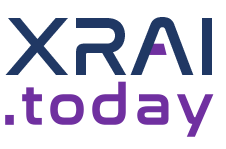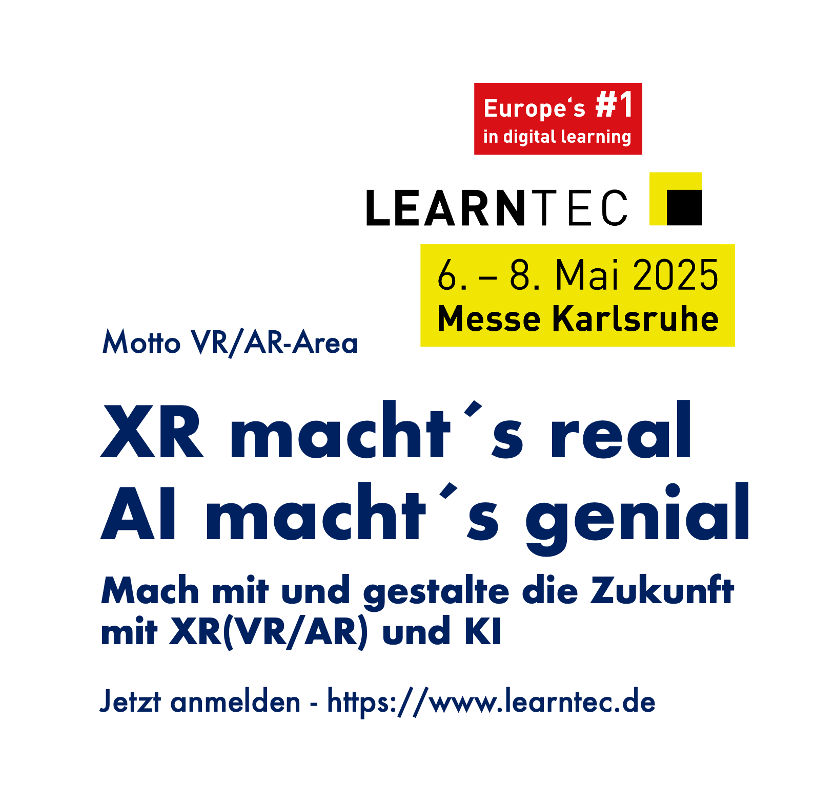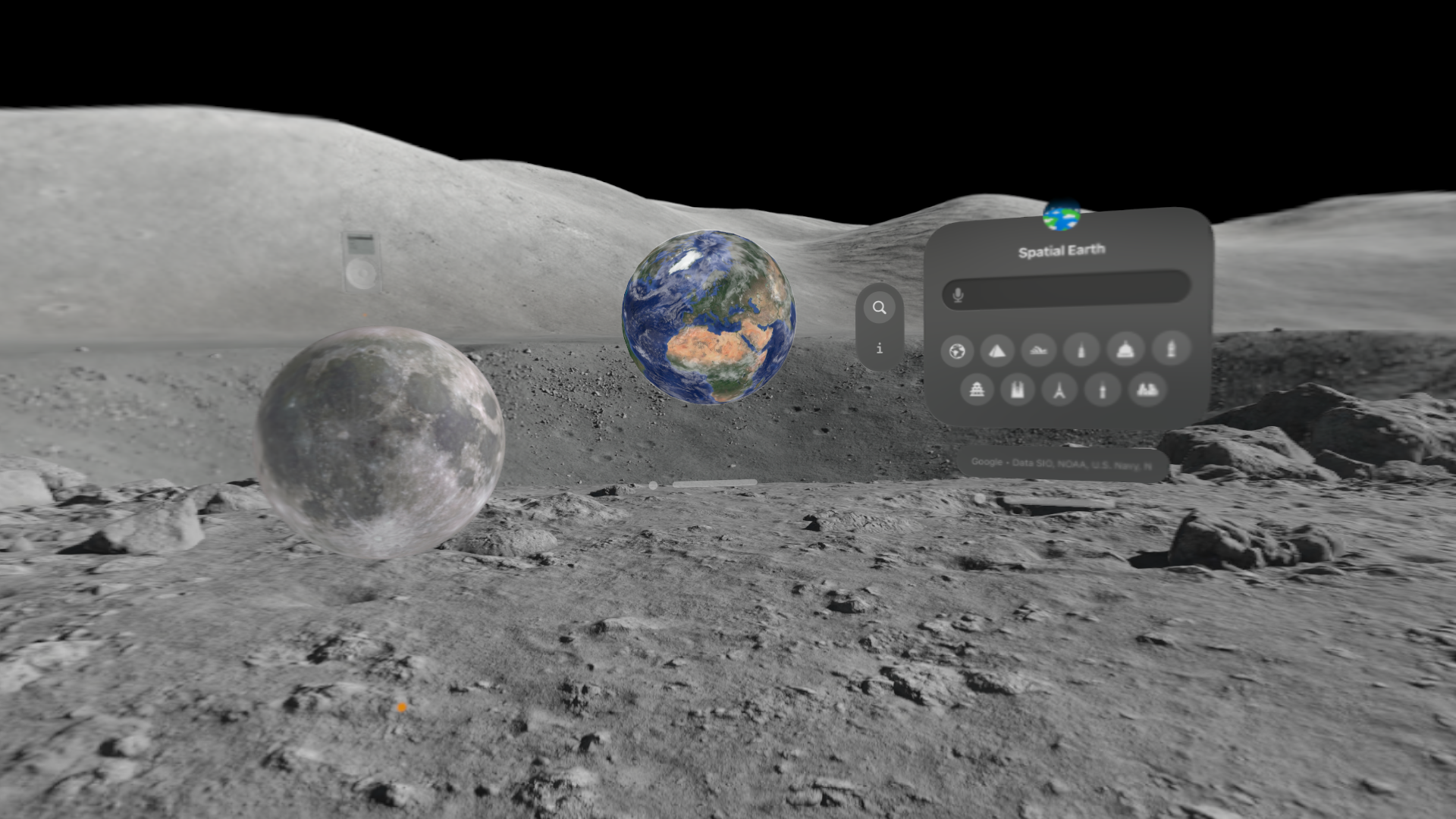Virtual reality is emerging as a popular pre-simulator component in pilot training programmes globally, but does it offer real-world benefits? Joanna Bailey investigates its effectiveness.
The impacts of virtual reality (VR) on the aviation training industry
Few individuals have yet to try a virtual reality (VR) experience. Whether it’s slashing blocks with a sword or riding a fantastical rollercoaster, VR has become an accepted form of entertainment in households everywhere.
Impressive as it is, it’s taken a while for VR to prove itself beyond the gaming sphere. In aviation, however, it has begun to emerge as a very useful tool indeed, particularly in terms of training. When access to real aircraft or simulators is limited, VR provides a practical alternative.
But does it work? The statistics certainly look promising. Studies by the University of Michigan showed an 83 per cent faster training rate with the use of VR, while a PwC trial found long-term retention significantly improved. There’s a strong case for muscle memory improvements too – repetitive practice always makes physical tasks more comfortable.
A pilot’s job is very physical, with procedures and checklists to be learned by heart. Time with simulators and real aircraft is limited, so “paper tigers” – posters of cockpits and flat panel trainers – have traditionally been the extent of pre-simulator training. VR is changing that.
Dr Jamie Cross, Senior Lecturer and the Programme Director of the Graduate Diploma of Flight Management at Griffith University in Australia, says: “Virtual reality transforms pilot training by making cockpit procedures more accessible, affordable, and engaging. It builds muscle memory, boosts confidence, and prepares pilots faster and more effectively for the rigours of full-flight simulation.”
Muscle memory – Immersive VR solutions for complex training environments
One solution that’s proving popular with several airline operators is VRflow from Danish company VRpilot. This interactive cockpit procedure trainer is already in use with Sun Country Airlines, Republic Airways, ACMI provider HelloJets, and fractional programme operator PlaneSense.
“VR is a great tool to replicate the highly complex training environment of an aircraft cockpit with a very lightweight and portable solution,” says Thor Paulli Andersen, Partner at VRpilot.
“It lets pilots build true muscle memory and procedural confidence before they ever step into a full-motion simulator.”
Unlike paper tigers and flat panel trainers, the cockpit elements in VR are dynamic. Buttons need to be pressed, levers pulled, and switches flicked.
VRpilot further augments this by setting the system up so that the reach for controls is identical to that of a real cockpit, giving the user accurate muscle memory.
Canadian airline Nolinor has been using VRflow since July 2024. As the largest operator of the 737-200, Nolinor has found external training support limited for its aircraft type but was delighted that VRpilot could build a precise replica of the cockpit in VR.
“What really sold us was the ability to replicate our exact aircraft and procedures in VR,” says Rudy Egeileh, Deputy Director of Flight Coordination at Nolinor.
“We went from pilots practising in front of posters to training in a one-for-one virtual flight deck. It’s a huge step up in realism and readiness.”
Nolinor has a dedicated room in Mirabel for the VR training, complete with real seats from a Boeing 737.
New pilots engage in instructor-led sessions in pairs, able to see and interact with the pilot in the other seat. When the session is over, both new and more experienced pilots can make use of the system to practise procedures with an AI co-pilot alongside.
VTR’s FlightDeckToGo training system features a series of meticulously crafted proprietary flight decks. Image: VTR
Taking things a step further is technology company Visionary Training Resources (VTR), which works on a model of “learn from anywhere”. Its recently patented “FlightDeckToGo” training system features meticulously crafted, proprietary flight decks and has been built from the ground up for all-in-one VR headsets.
Opting for untethered headsets over PC-based systems means pilots can literally learn from anywhere. They can train at home or while travelling, and even link with another pilot or instructor remotely. When headsets aren’t available, the company provides its software as an iPad app.
“Practising from anywhere means they will be so ready to go in that full flight sim when they get their time,” says Andrea Arola, VP of sales at VTR.
VTR recently merged with Reaction Simulation, another VR training company.
“One of the capabilities they bring is the ability for flight and being able to train some of those specific training scenarios, such as wind shear or rejected take-off,” says Arola.
“But these will be focused training scenarios, not a full free play, but very effective for accomplishing what you want to learn for that certain task.”
Embracing the potential – Awaiting certification for virtual reality technology
VRpilot adds to the verisimilitude of the training experience by setting the system up so that the reach for the controls is identical to that of a real cockpit, thereby giving the user accurate ‘muscle memory’. Image: Morten Schultz/VRpilot
Recent years have seen aerospace embracing the potential of VR more than ever before. Thor Paulli Andersen recently returned from the World Aviation Training Summit (WATS) in Florida, where VR’s rise was clear.
“Just a few years ago, VR at training conferences was seen as a shiny gimmick,” he says. “Now almost half the exhibitor booths were showcasing some sort of VR technology.”
One of the major hurdles for VR pilot training is approval by regulators. VR sims must prove their effectiveness before training can count towards licences.
“Limited solid research means regulators like EASA and the FAA remain hesitant,” says Dr Cross. “Aviation lags behind industries like healthcare and education, where immersive tech is further along.”
“There is appetite on the FAA side,” says Arola. “But we need to provide some additional use cases and evidence of the effectiveness to get them to the level of confidence they need.”
While proving it out will take time, initial results are positive.
“When pilots arrive at the simulator now, their procedures are efficient, polished,” says Egeileh. “We can focus more time on complex flight scenarios.”
For VTR, data analysis is a critical step to proving the effectiveness of the technology. Working with a customer, the company analysed data from pilots who trained in VR and compared it against those who hadn’t used the system.
“All of the flows were scored higher in the pilots who had used VR, and they also needed less instructor support,” explains Arola.
A logical next step for VR flight sims would be to transition into training for flying, as well as procedures.
Full-flight simulation remains a future ambition, but customers are already exploring other uses.
“We would love to implement VR training for our cabin crews,” says Egeileh. “We can also see it being beneficial for ramp agents.
I believe that we are moving closer to being able to implement this type of training for other key careers in aviation.”
Pilot learning – Utilising Artificial Intelligence (AI) for competency-based training
Alongside VR, artificial intelligence is reshaping how airlines approach competency-based training and adaptive learning pathways.
At the Airline Pilot Club (APC), Cedric Paillard, CEO, has overseen the deployment of the Amelia system, a real-time AI tool that maps training activities to pilot competencies and observable behaviours.
“Amelia helps standardise instructor assessments, speed up identification of skill gaps, and supports students to achieve operational proficiency faster,” says Paillard. “In accelerated programmes like airline onboarding or command upgrades, we’ve seen measurable improvements in knowledge retention, confidence, and readiness.”
Amelia uses structured training records and psychometric data to recommend tailored exercises and learning activities. Although it does not currently detect fatigue or mental health issues directly, APC is developing partnerships to enable early detection of stress patterns using behavioural telemetry.
“The demand for AI/ML/VR tools is accelerating,” Paillard adds. “AI will be the backbone for tracking competency progression, while VR expands into scenario-based training.”
A supplement, not a replacement – VR as an aid for full-flight simulators
While VR (and increasingly AI) are emerging as key tools in the pilot training industry, it is yet to fully replace any part of the syllabus.
At Nolinor, although there have been some excellent outcomes from the use of VR, it hasn’t reduced the amount of time trainees will spend in the flight simulator.
“We don’t see the VR project as a replacement, but rather as a supplement,” says Egeileh. “We invested in more exercises that can only be done in a flight simulator, so we have remapped our training, but without reducing the hours spent in the sim.”
If VR is a supplementary training device, how do airlines reconcile an investment that comes with an immediate cost and no savings?
“Most of the airlines that adopt this technology know it will, in the long run, save them money,” says Andersen. “They can eventually sell off the flat panel trainer or take some hours out of the big sims.”
While VR is proving its worth in procedural and cockpit familiarisation tasks, it can’t yet replicate the physical sensations, motion cues, and regulatory fidelity of full-flight simulators – essential factors for real-world pilot readiness.
“VR is a fantastic technology, but it’s not about replacing everything,” says Andersen. “I think it’s important to keep in mind what VR is good at and what it’s certainly not good at.”
This cautious approach reflects a broader understanding in the industry. While VR can significantly enhance training, its true potential will only be realised with deeper research and careful integration.
“Because VR, by definition, fundamentally shifts how reality is experienced, serious integration into pilot training should be backed by dedicated research labs with access to next-generation immersive tools,” says Dr Cross.
“This would allow for the rapid development of evidence-based strategies and training approaches tailored to aviation.”
Cross notes that VR flight simulators are well suited to certain areas of pilot training, such as aircraft systems theory, cockpit familiarisation and aircraft inspections. However, time spent training in a VR flight sim doesn’t usually count towards formal flight time or licensing requirements.
“For that to change, regulators will need to see strong, consistent evidence of training effectiveness,” he concludes.
A long way off – Limitations to virtual reality for pilot training
For Nolinor, its unique operations mean full VR training for pilots is a long way off. Often landing on gravel strips, ice runways, and in challenging environments, the airline isn’t confident that VR can yet replace the human touch.
“For our very specific operations, we definitely benefit from our highly experienced instructors passing on their knowledge,” says Egeileh.
Nevertheless, the appetite for investment is high. Alaska Airlines’ venture capital arm recently invested in Loft Dynamics, a company that last year became the first in the world to gain EASA and FAA approval for a VR full-motion flight simulator. That was for its helicopter sim; now it is targeting fixed wing.
As recently reported in LARA news, Alaska and Loft want to create the first hyper-realistic, full-motion Boeing 737 VR simulator, using extended reality (XR) technology and techniques. These simulators will be more customisable and will take up around one twelfth of the space.
“We could be transforming commercial pilot training as we know it today,” Captain Jeff Severns, Managing Director of Flight Operations Training at Alaska Airlines, said.
“These VR simulators could provide a fully immersive, high-fidelity, data-driven experience that replicates real-world flight scenarios – all in a device compact enough to fit in a standard office.”
It’s a tantalising prospect that is steadily moving towards reality. While full-flight VR may still be a few years away for most operators, early adopters are proving that immersive technologies are no longer just a gimmick.
A representative of Alaska Airlines using VRflow. The carrier’s venture capital arm recently invested in Loft Dynamics, which last year received EASA and FAA regulatory approval for a VR full-motion flight simulator. Image: Joe Nicholson/Alaska Airlines
Quelle:
https://www.laranews.net/virtual-reality-simulators-in-pilot-training/






